An unpredictable WTCS season opens in Abu Dhabi, with big names absent, rising stars hungry, and only seven pivotal stops remaining.
Abu Dhabi has never looked so daunting—or so full of promise. This weekend, the 2025 World Triathlon Championship Series rips into life on Hudayriat Island, launching the seven-stop global tour that will ultimately conclude in Wollongong, Australia, later this year. Those two geographical extremes—Middle East desert heat to the crisp waves of Australia’s east coast—mirror the sport’s broader landscape. Some athletes arrive in sparkling form. Others, like Olympic medalist Alex Yee, have chosen marathons over multisport, delaying their season debut. And still more, including recent world champions Beth Potter and Cassandre Beaugrand, are holding off entirely, leaving a surprisingly open playing field for those hungry to seize the day.
The Season-Opening Spotlight
The first race of the year always crackles with tension. Athletes emerge from off-season training (if you call it that) with new tactics and sharpened ambitions. And in 2025, the stakes feel even higher. There are only seven WTCS stops on the calendar, down from previous years. That means every race and every point could determine who takes home the world title. Fewer venues also push host cities to raise the bar in terms of logistics, atmosphere and financial investment, which is why Abu Dhabi’s brand-new Hudayriat Island course matters so much. If it dazzles, it affirms that elite short-course triathlon can still command global attention.
This shorter list of races adds serious pressure for front-runners like New Zealand’s Hayden Wilde. Wilde arrives wearing bib #1, fresh from a masterclass victory at last year’s Torremolinos Finals. Historically, top athletes who close out a season with a big win often ride that momentum into the new year—Vincent Luis did it in 2018, Kristian Blummenfelt in 2019. Now, Wilde seems poised to replicate that pattern. With Alex Yee absent for the moment, this could be Wilde’s year to dominate from the gun.
Hayden Wilde: Eye on the Prize
It’s no exaggeration to say that Hayden Wilde wants to stamp his authority on every stage of this season. After all, he watched Alex Yee become world champion last season despite not winning the finale. If you think that fact might annoy a competitor who had just taken the Torremolinos tape, you’d be right. Wilde looks like he has a point to prove—especially in the swim. Historically, he’s had to claw back any early deficits with his explosive bike and run. This year, he’s gunning for a top-10 swim split to make the remainder of his race just a bit less frantic.
Yet if Wilde’s path seems a little clearer without Yee, he’ll still face a hungry field. Portugal’s Vasco Vilaça has the raw talent to break through if he can just string together a season free of mishaps. And Matt Hauser of Australia stands as one of the strongest men on the circuit, riding the wave of an impressive 2024 that brought him gold in Hamburg, silver in Yokohama and a respectable seventh in Paris—Australia’s best Olympic men’s result in 20 years. The only thing missing from Hauser’s resume was a fair crack at the world title in Torremolinos, where a bike crash ended his bid. He’s made it clear he wants redemption and, even more so, a chance to be in title contention when the grand finale hits his home soil of Wollongong in October.
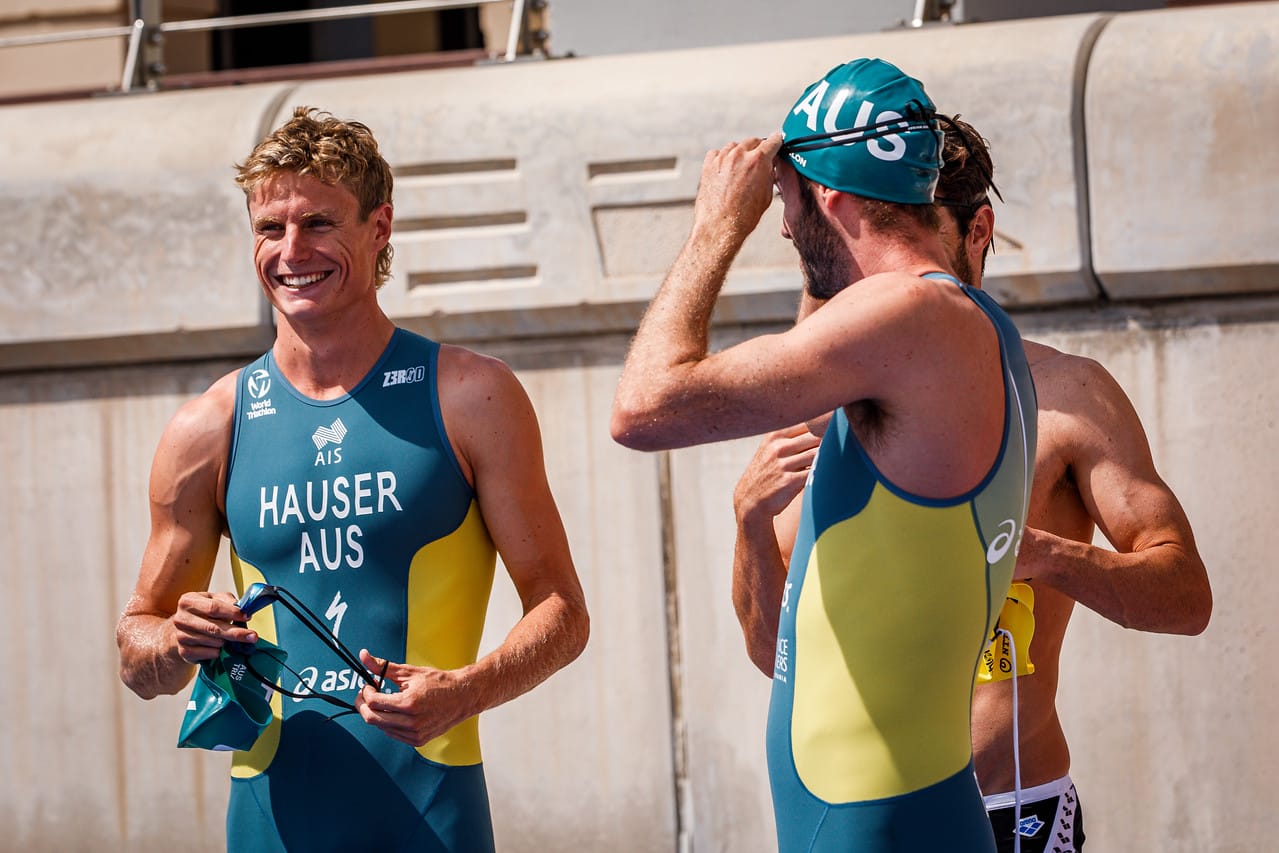
Australia’s Charge: Hauser, Copeland and McClusky
Hauser isn’t Australia’s lone prospect. Brandon Copeland and Callum McClusky join him in Abu Dhabi, both looking to turn heads and start their 2025 campaigns on a high. McClusky in particular stood out last season by racking up three World Triathlon Cup medals, including a gold in Napier, New Zealand. Copeland found a rhythm late in the year, notching a top-20 finish in Weihai at the Championship Series level. For a country with a proud triathlon heritage—think back to the dominance of Michellie Jones or Emma Snowsill—this new cohort represents a generational shift that might just propel Australia back to the pinnacle of the sport.
Hauser says he wants “quality over quantity” this year: fewer races, more time to refine every aspect of his performance. If that strategy pays off, we could see him peaking exactly when it counts. Given that 2028 looms with the Los Angeles Olympics, he’s already experimenting with training techniques and race scheduling to see what hits. This approach feels reflective of a broader trend in triathlon, where athletes are no longer locked into a single circuit or distance. They pick and choose, they test new waters, all while eyeing that bigger prize four years down the road.
The Women’s Field: A Whole New Ball Game
On the women’s side, Beth Potter and Cassandre Beaugrand are out—at least for now—which opens the door for an unpredictable scramble at the top. One leading contender is Germany’s Lisa Tertsch, who enters Abu Dhabi wearing #1 after she clinched her first Series victory in Weihai last year. Tertsch can be streaky—brilliant in the swim one day, then battling from the back foot the next. But if she’s near the front pack off the bike, her run can be lethal in a sprint-distance scenario.
She’ll face a cadre of experienced racers determined to assert themselves early in the season. Laura Lindemann of Germany wants to build on her 2024 Mixed Relay gold from Paris. Leonie Periault has proven her prowess at both Olympic-distance and sprint events, and Gwen Jorgensen—an Olympic champion in 2016—has returned from her running-only hiatus to pick up several World Cup wins. If she can replicate her early-career run splits, nobody will want to see Jorgensen storming out of T2 with time in hand.
Then there’s Jeanne Lehair, who tallied four top-10 finishes last year and narrowly missed the podium on multiple occasions. Each near-miss fuels the hunger to break through, and with Potter and Beaugrand missing, there’s no better moment to step up. The younger generation also adds spice—upstart talents like Tilda Mansson and Bianca Seregni have blistering run speed. And watch out for Mexico’s Rosa Maria Tapia, who grabbed World Cup gold in Brasilia toward the end of last season. A sprint format can amplify smaller time gaps, so even the slightest improvement in transition or a well-timed surge on the run could vault a relative unknown onto the podium.
Counterargument: A Sport in Decline?
Naturally, there’s a critical chorus. Some observers see these missing athletes and reduced number of Championship Series stops as proof that triathlon is starting to unravel. They point to all the alternative formats—Super League, T100, iron-distance, even cross-country racing—that are siphoning off top athletes and saturating the calendar. They claim that by losing marquee names early in the season, the WTCS loses its edge.
But to call this the beginning of the end misses a critical point: Triathlon has never been a static sport. This flux is exactly what has helped it grow since its Olympic debut in 2000. Look at Alex Yee: he’s chasing marathons now, but he’s hardly leaving triathlon behind for good. Instead, he’s exploring a different discipline that might sharpen his run for future tri seasons (and likely for the Los Angeles 2028 Olympics). Beth Potter comes from a track background, and her success proved that speed from other disciplines can translate brilliantly to short-course tri. So the fact that some big names are pressing pause doesn’t mean the sport is weakening; it means it’s flexible and that new talent will emerge.
Abu Dhabi’s Sprint Challenge
For this first stop, the sprint format (750m swim, 20km bike, 5km run) magnifies any small error. Add the desert’s heat into the mix and you have a recipe for raw, explosive racing. I’ve always found sprint races more than just “short.” They’re surgical. Mess up your swim start or bobble in the first transition and you might never see the front again. In a standard-distance event, you can sometimes claw back a gap. In a sprint, that luxury fades fast.
Look no further than the men’s field, where Morgan Pearson from the U.S. shows up with the remarkable data point of a 1:01:01 half marathon. That’s the sort of run speed that can mow down a pack—provided he exits T2 within striking distance. Similarly, the new-look Spanish squad includes U23 World Champion David Cantero, and they’ve got the youthful aggression to light up the bike pack if they choose. Every year, a young unknown emerges from these first races. Don’t be surprised if that storyline happens here.
Road to Wollongong
Let’s not forget the bigger arc: The series concludes in Wollongong, Australia, from October 15-19. Hauser has publicly stated he wants to fight for the world title on home soil. That longing for a triumphant hometown finish reminds me of the heightened atmosphere we saw at the Gold Coast or even the Sydney Olympics decades ago—Aussies raise their game when they race at home. If Hauser, McClusky, or Copeland are in contention heading into the finals, you can expect a wave of national support that might power them through the toughest kilometers.
The rest of the circuit will visit Yokohama, Sardinia, Hamburg, Karlovy Vary, and Weihai. Each of those places invests heavily in triathlon infrastructure, broadcast partnerships, and community events. For many triathletes, these stops are more than just race days; they’re cultural experiences that highlight the uniqueness of global competition. A smaller calendar doesn’t necessarily mean a smaller impact—it just concentrates the excitement. Fans crave these events because each one offers something definitive for the standings and possibly for the athlete’s confidence leading into the next race.
The Verdict
From my perspective, the soul of triathlon remains strong, precisely because it adapts. Athletes crisscross various formats, forging new rivalries. New countries and cities step forward to host events and generational shifts keep the fields fresh. Sure, the 2025 schedule looks leaner and some top contenders are sitting out Abu Dhabi, but that’s far from a death knell. If anything, it hints at a transitional year that can produce new athletes, new narratives and a rejuvenated audience.


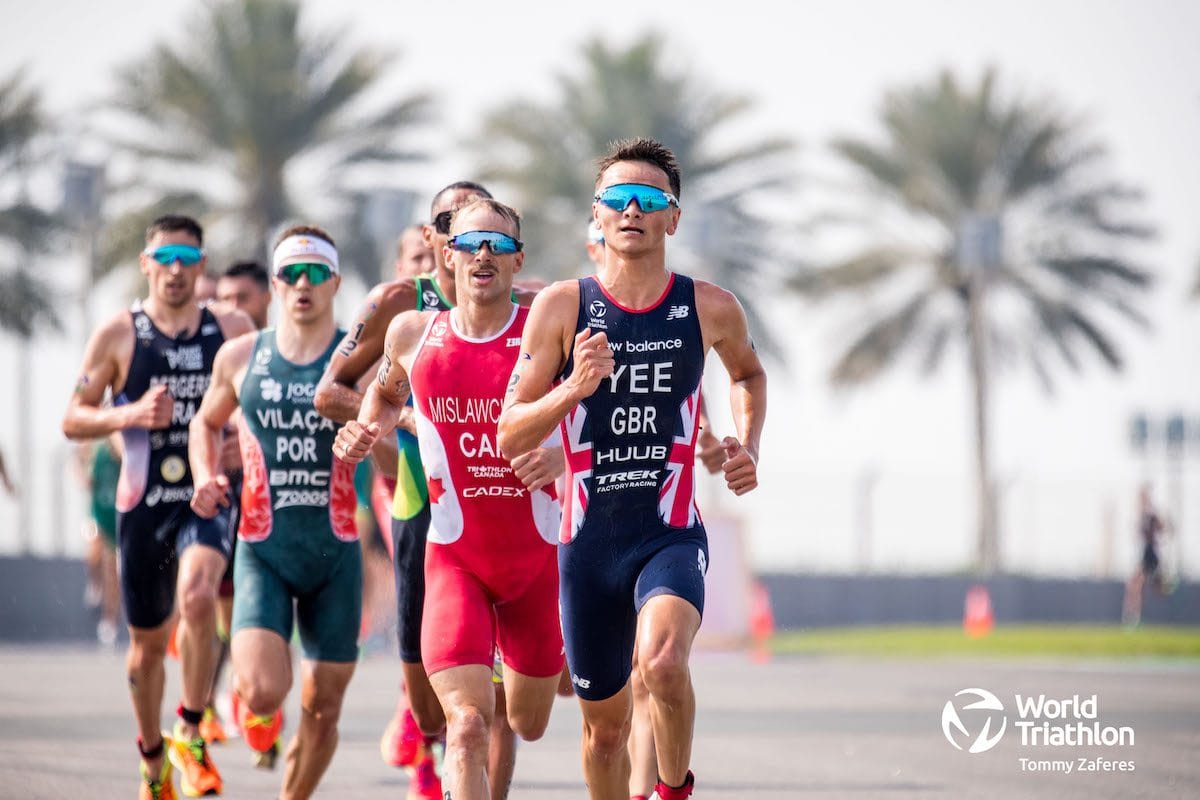
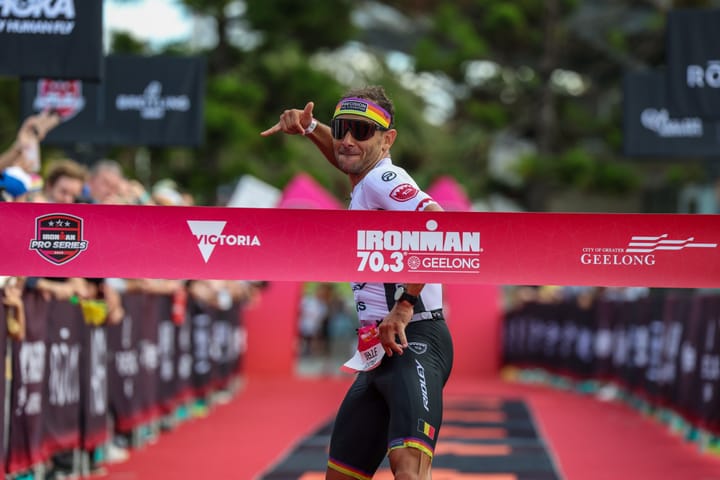
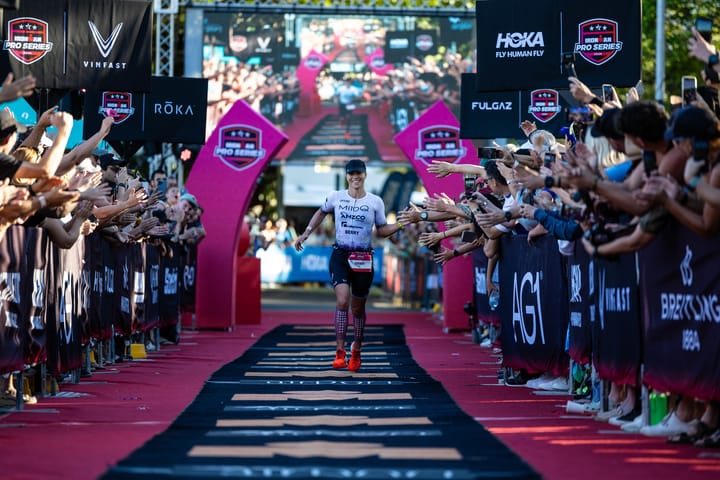
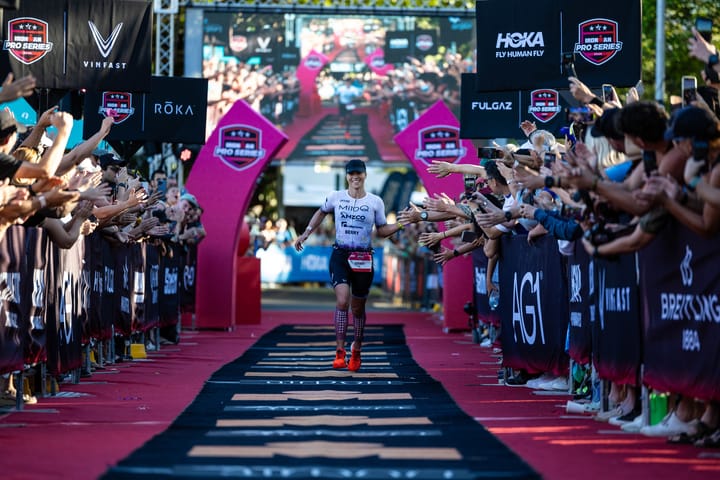
Comments ()